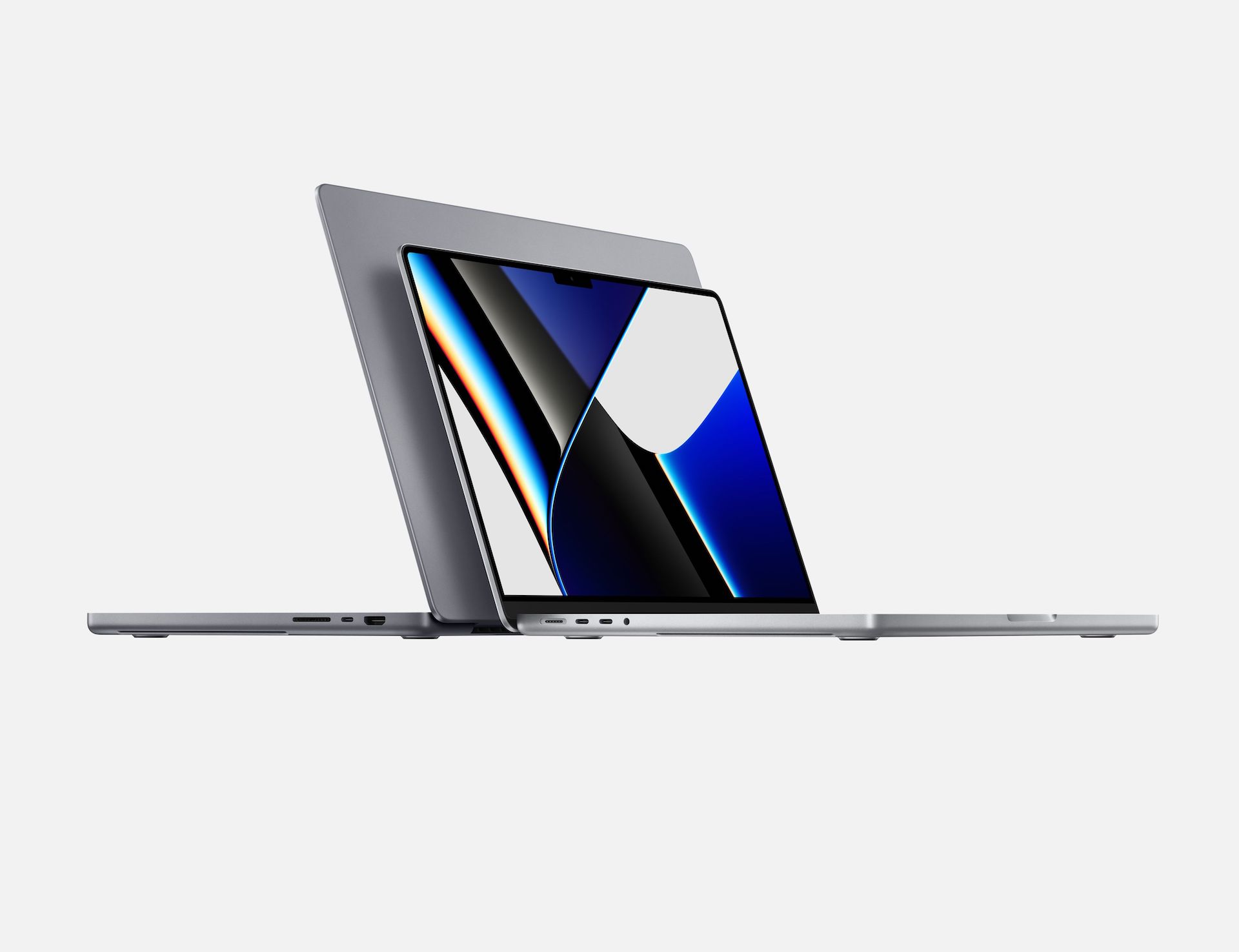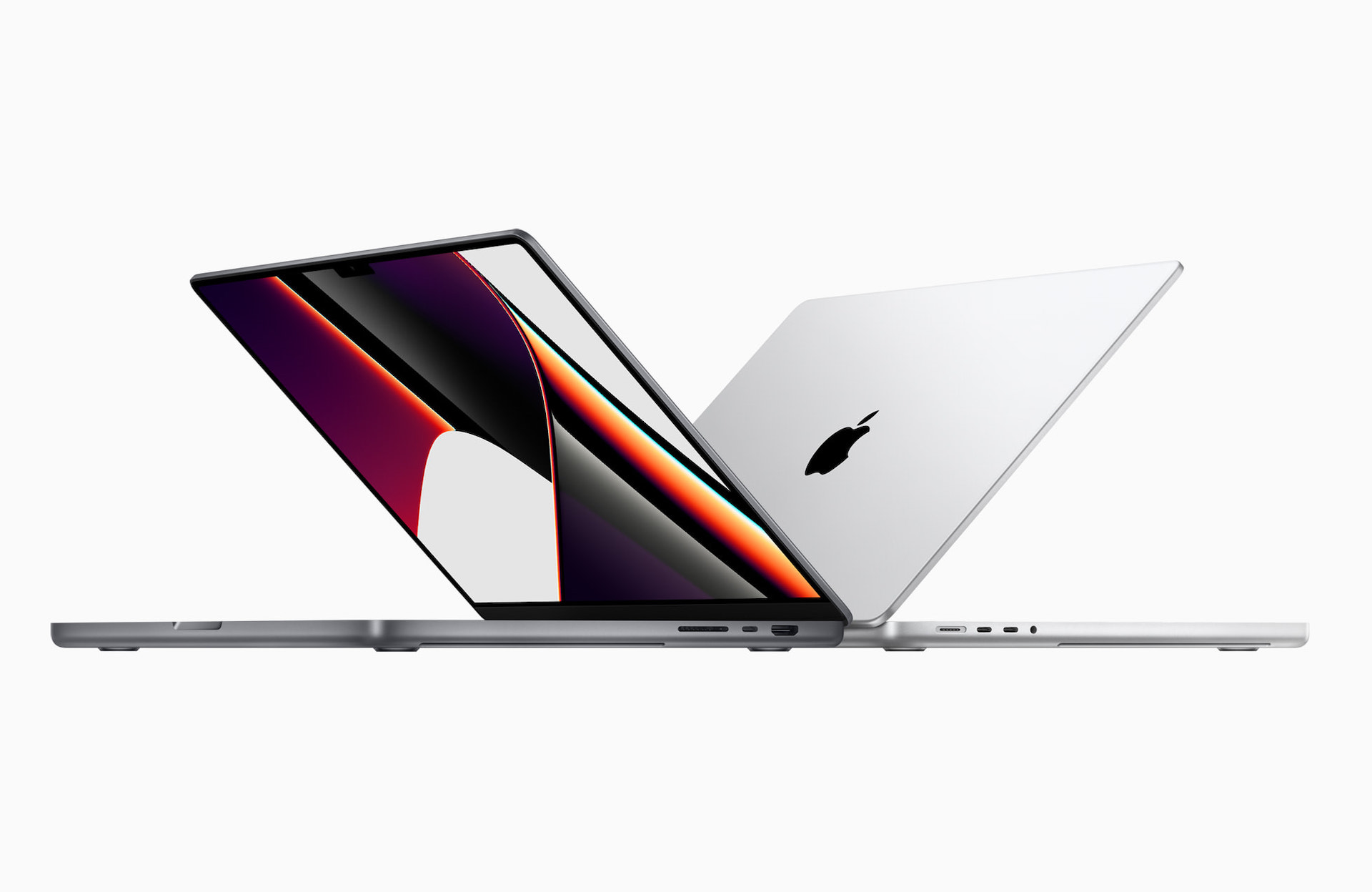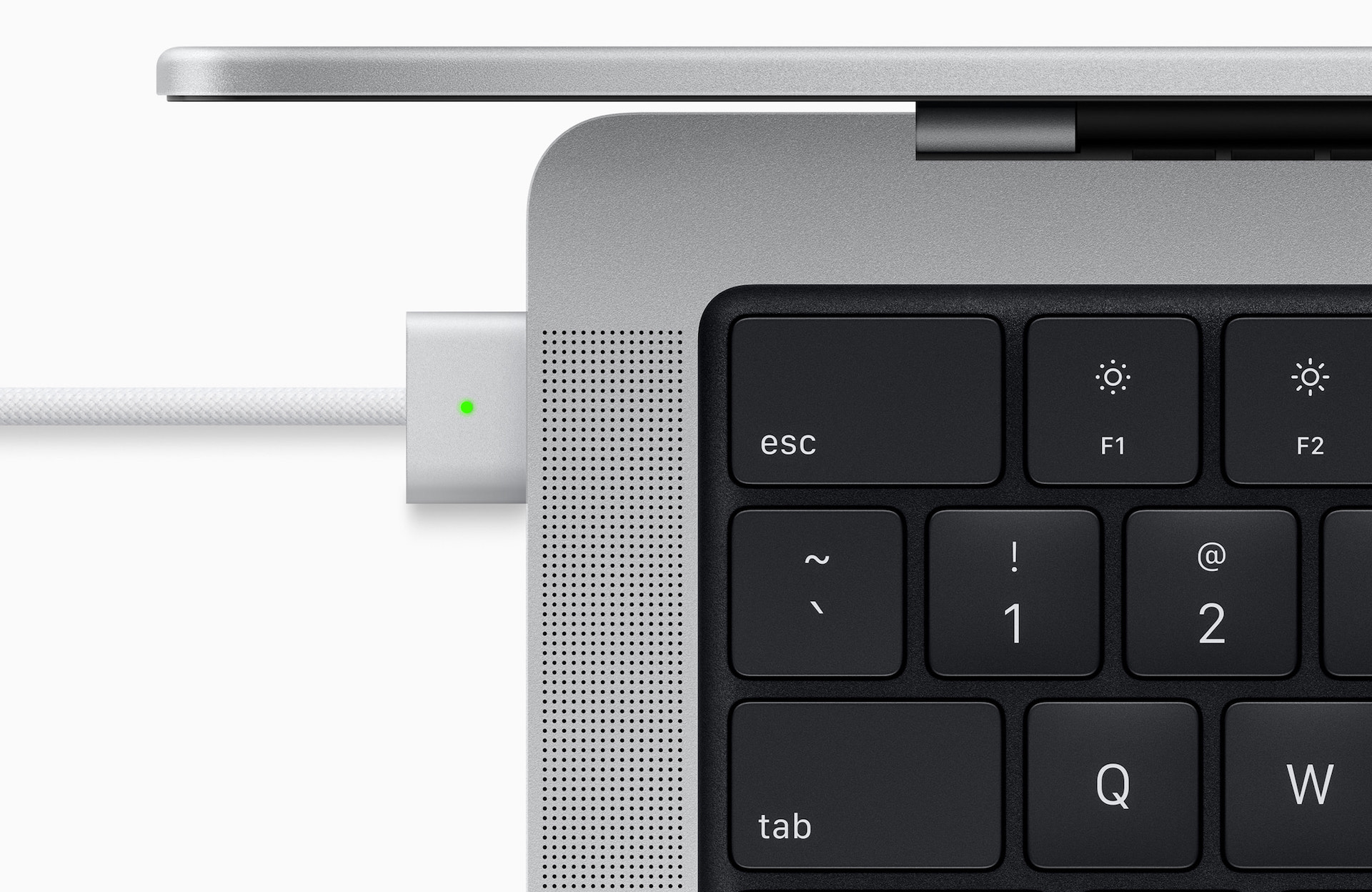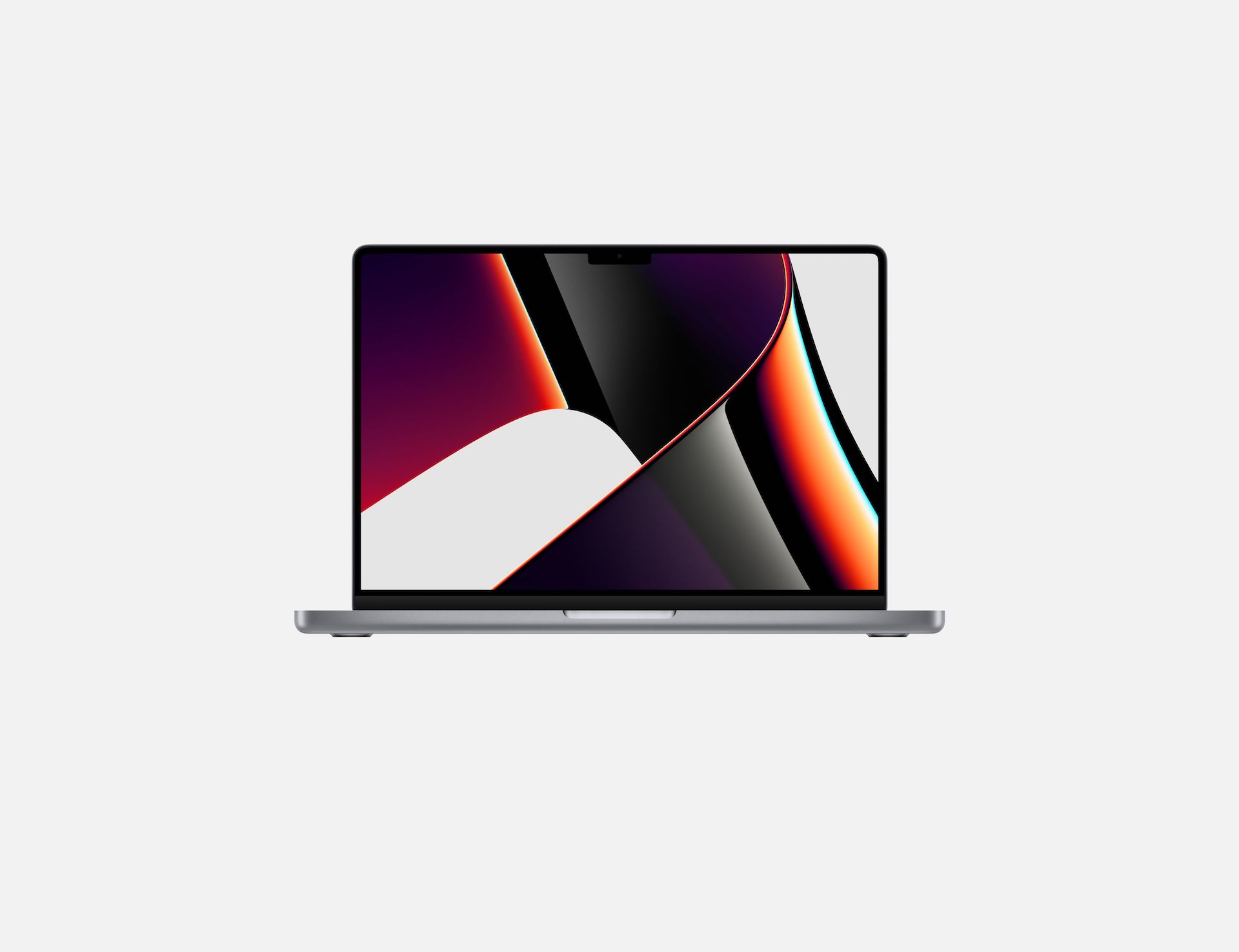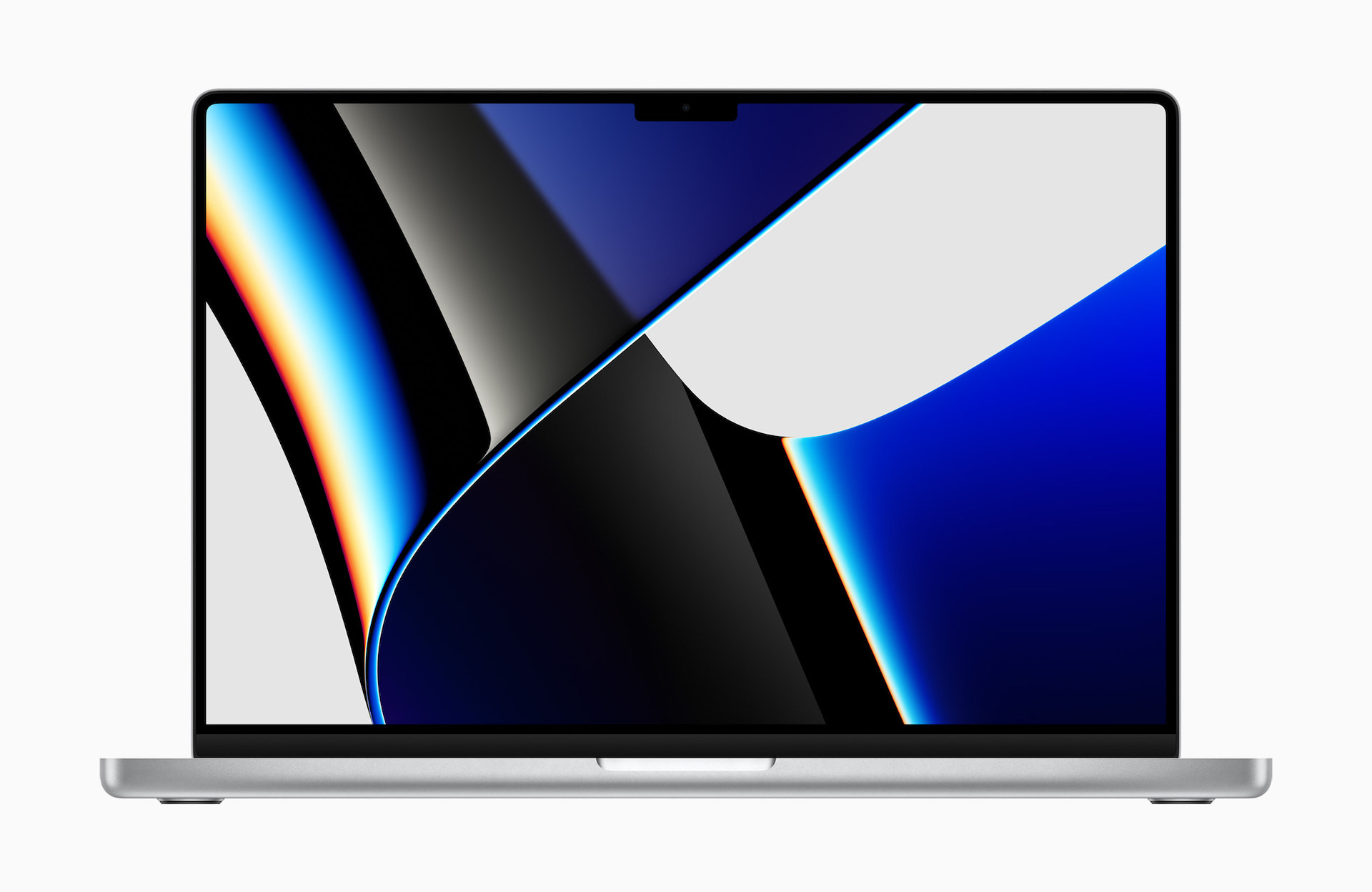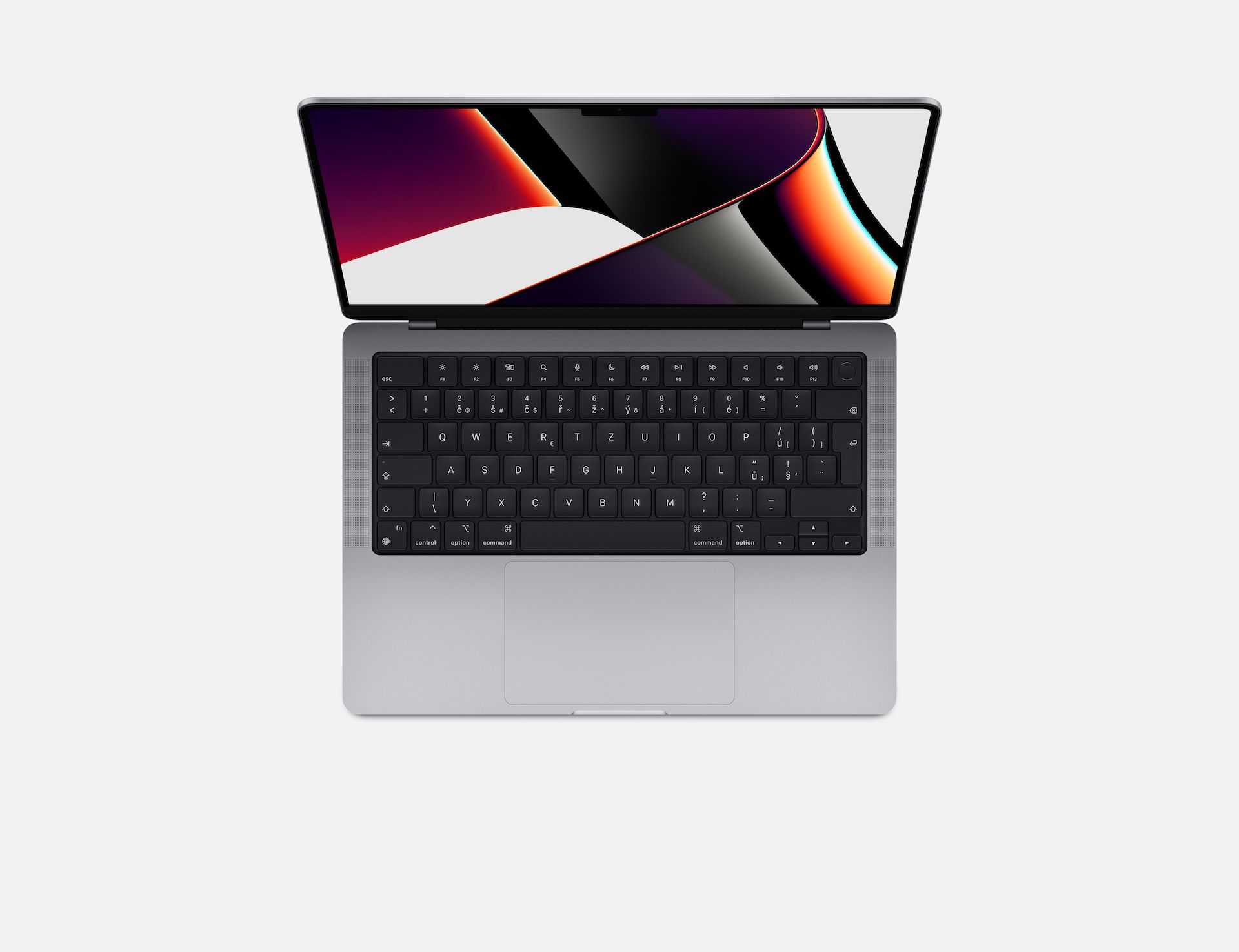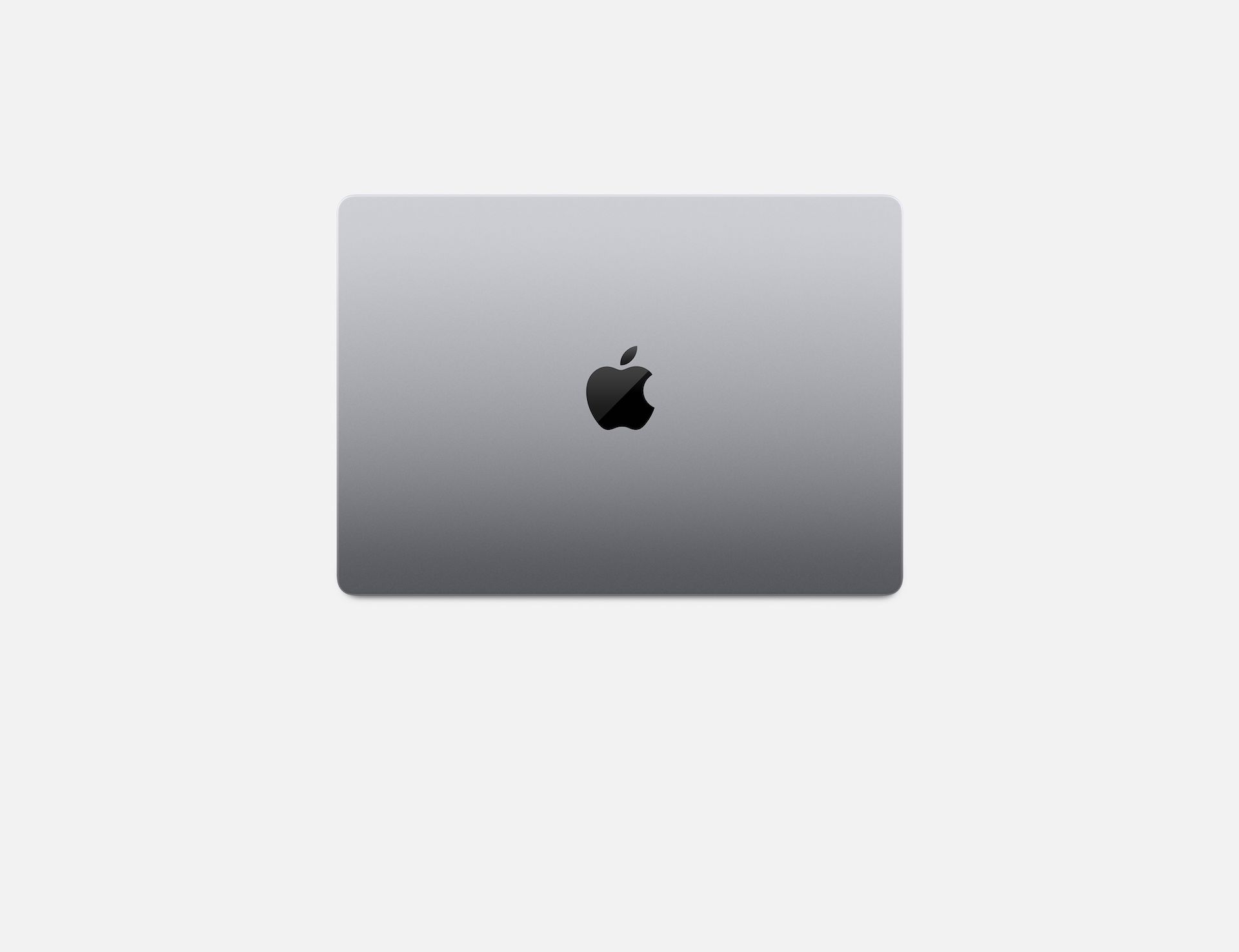At the end of 2021, Apple presented us with the first ever Mac equipped with a display with a higher refresh rate. We are, of course, talking about the redesigned MacBook Pro, which is available in 14″ and 16″ variants. One of its greatest strengths is the Liquid Retina XDR display with ProMotion itself, with which Apple was able to impress practically everyone. In addition to high display quality, it also offers an adaptive refresh rate of up to 120 Hz. Thanks to this, the image is significantly more vivid and fluid.
It could be interest you
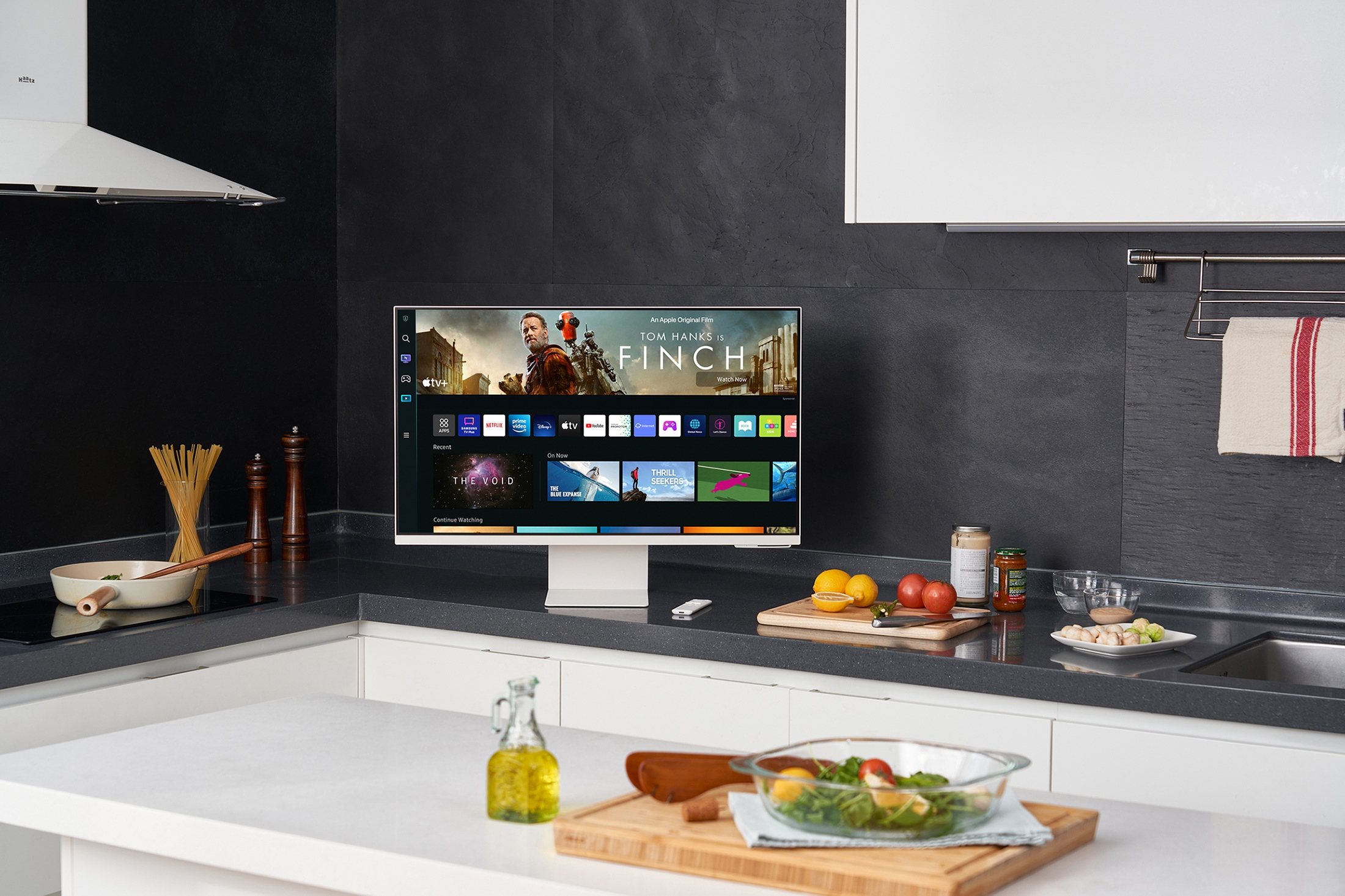
Higher refresh rate displays have been on the market for several years. Their manufacturers primarily focused on computer game players, where smoothness of the image is absolutely key. For example, in shooters and competitive games, a higher refresh rate is slowly becoming a necessity for the success of professional gamers. However, this feature is slowly reaching ordinary users. Even so, one can come across one peculiarity.
Safari "can't" use a 120Hz display
As we mentioned above, a higher refresh rate started to penetrate the so-called regular users some time ago. Today, therefore, we can already find a number of affordable monitors on the market with, for example, a 120Hz/144Hz refresh rate, which a few years ago usually cost more than twice as much as today. Of course, Apple also had to join the trend and therefore gifted its professional laptops with a truly high-quality display. Of course, the operating systems themselves are also ready for a higher refresh rate, including macOS. Even so, we can come across one peculiarity in it that managed to surprise many users.
Apple users noticed when scrolling that the image is still slightly "torn", or that it doesn't look like it should on a 120Hz screen. After all, it turned out that the native Safari browser is locked to 60 frames per second by default, which logically makes it unable to use the full potential of higher refresh rate displays. Fortunately, just change the settings and use Safari at 120 frames per second. In this case, it is first necessary to select Safari > Preferences from the top menu bar, click on the Advanced panel and check the option at the very bottom Show the Developer menu in the menu bar. Then select Developer > Experimental Features > from the menu bar Prefer Page Rendering Updates near 60fps.
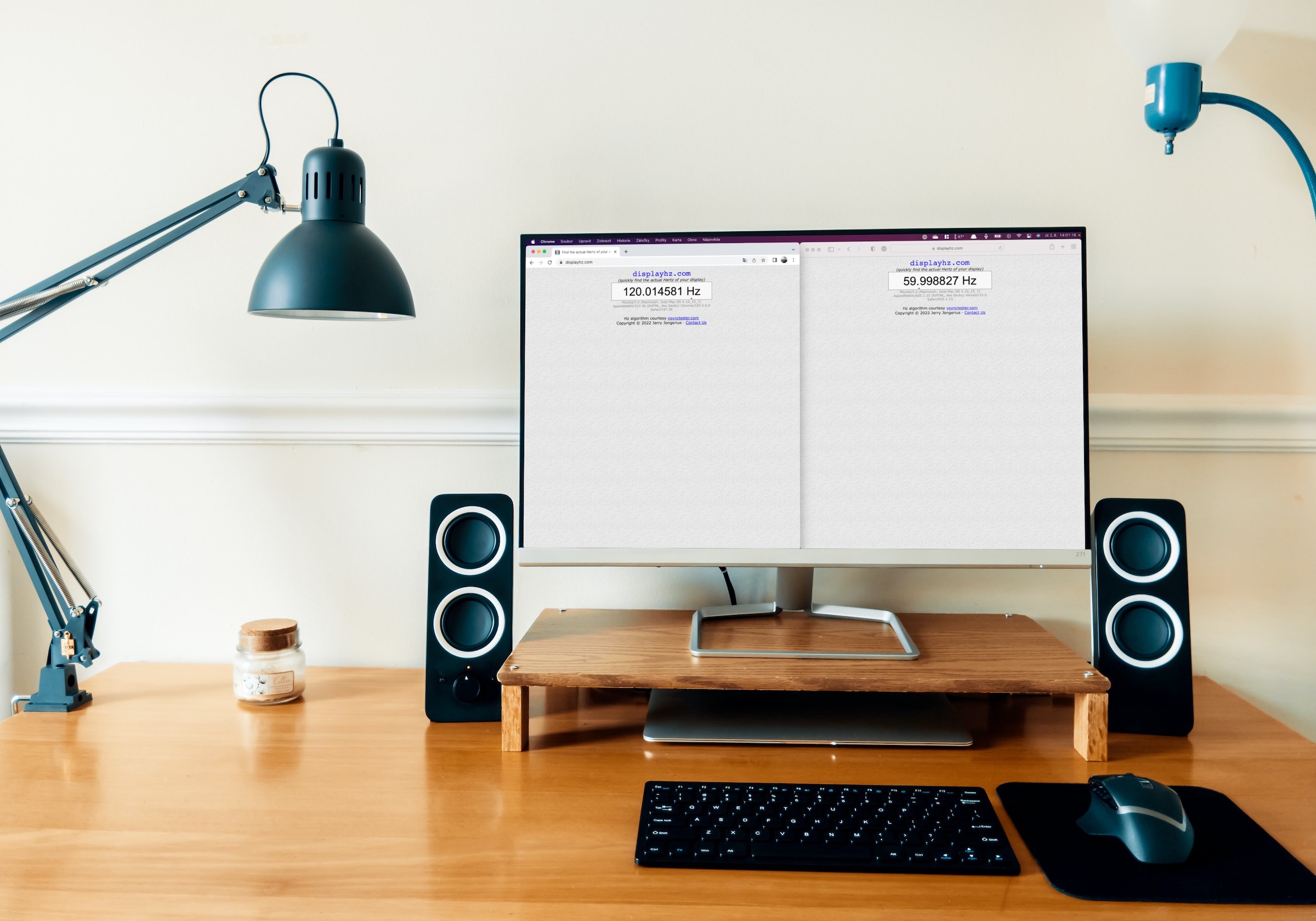
Why is Safari locked at 60 FPS?
But the question is rather why such a limitation is actually present in the browser. Most likely it is for reasons of efficiency. Of course, a higher frame rate requires more power and thus also has an impact on energy consumption. This is probably why Apple decided to natively limit the browser to 60 FPS. What is interesting, however, is that competing browsers such as Chrome and Brave do not have such a lock and make full use of what is available to a specific user.
It could be interest you
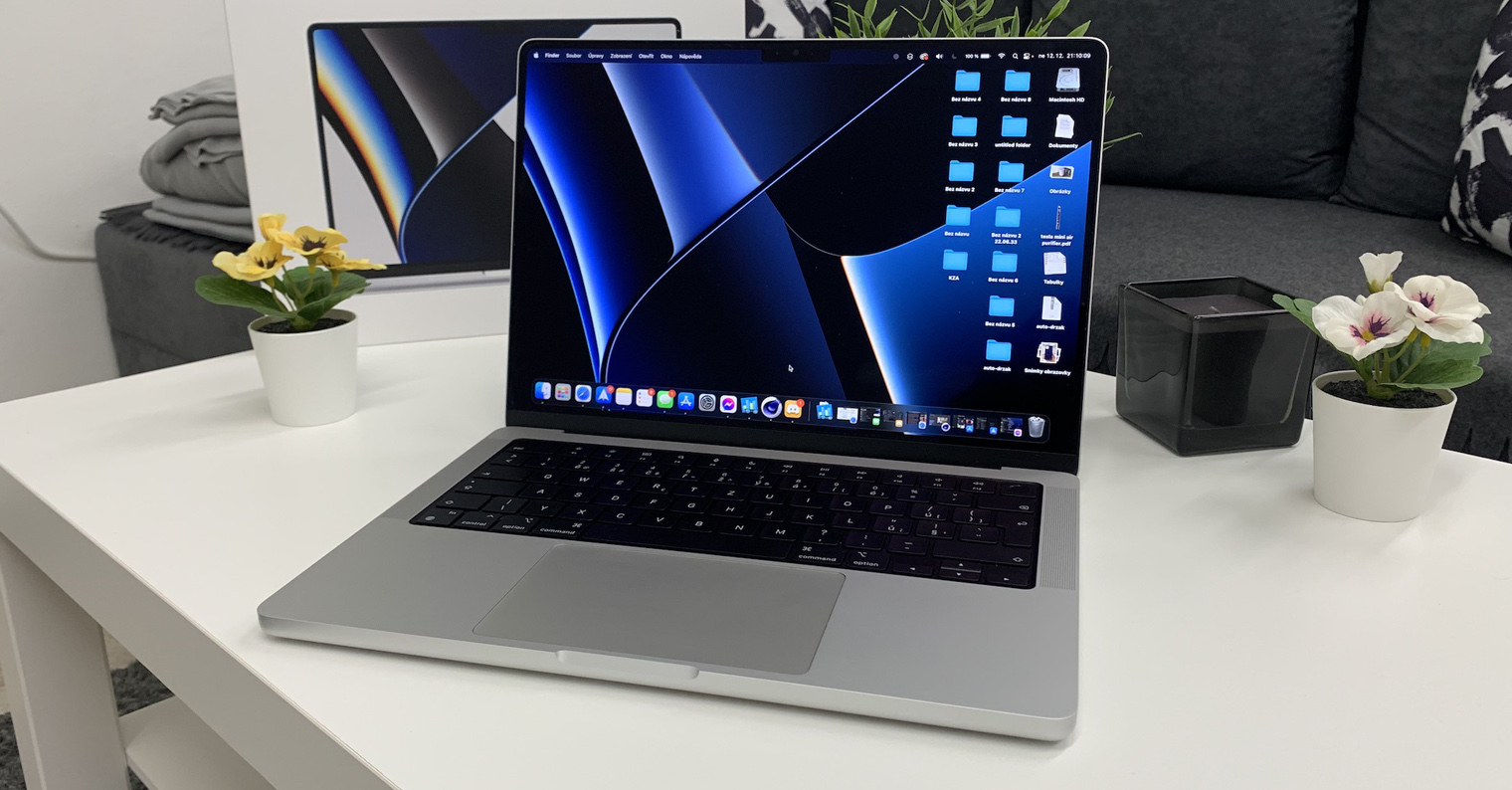
 Adam Kos
Adam Kos 